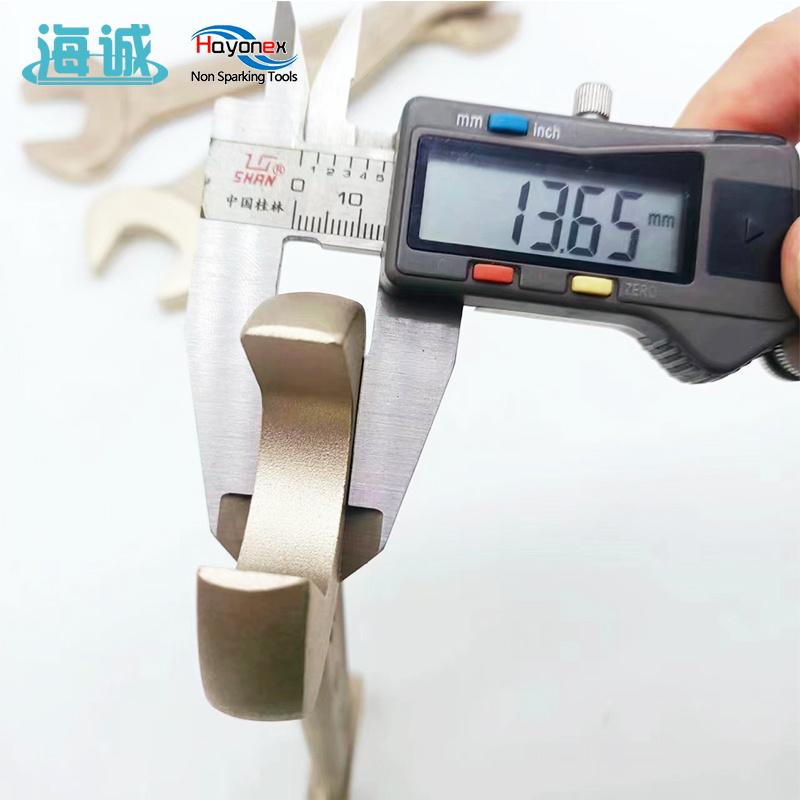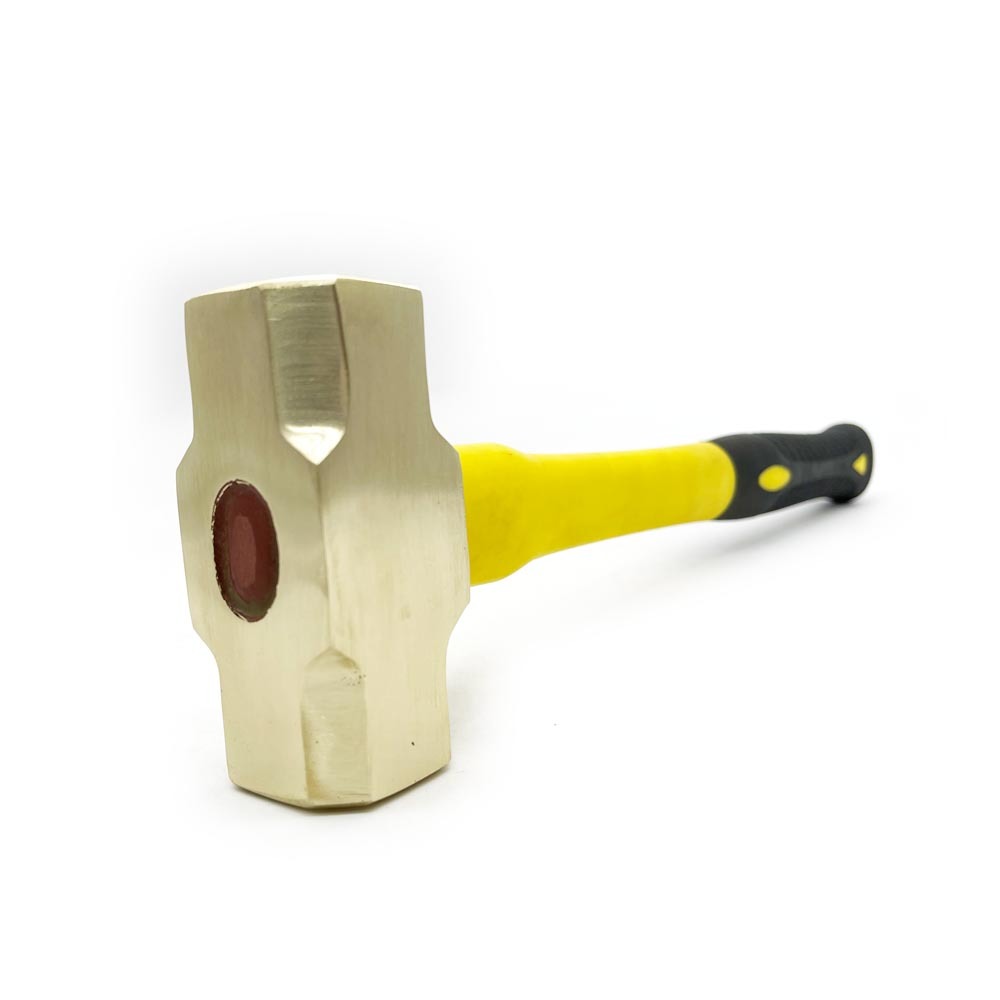The Unsung Heroes of Safety: Non-Sparking Tools Explained
Release time:
2025-08-19
【Summary】 Discover the importance and uses of non-sparking tools in various industries, ensuring safety and efficiency.
Understanding Non-Sparking Tools
When it comes to workplace safety, some tools are unsung heroes. Among these, non-sparking tools stand out as essential equipment in industries where flammable materials are present. But what exactly are these tools, and why do they matter? Buckle up, because we're diving into the world of non-sparking tools!
What Are Non-Sparking Tools?
Non-sparking tools are crafted from materials that do not generate sparks when struck against hard surfaces. Typically made from metals like bronze or aluminum, they are designed to minimize the risk of igniting flammable gases, vapors, or dust. In environments such as oil refineries, chemical plants, or grain elevators, the use of these specialized tools can make the difference between a safe workday and an unfortunate accident.
Why Choose Non-Sparking Tools?
Now, you might be wondering, "Why should I care about non-sparking tools?" Well, let's break it down:
- Safety First: The primary reason to use non-sparking tools is safety. By using these tools, you significantly reduce the risk of accidental ignition in hazardous environments.
- Durability: Non-sparking tools are typically robust and can withstand heavy-duty use. So, you get safety without sacrificing performance.
- Versatility: These tools can be used in various applications, from construction to manufacturing, making them a smart investment.
Types of Non-Sparking Tools
From hammers to wrenches, non-sparking tools come in various shapes and sizes. Here are a few common types:
- Hammers: Perfect for driving nails or breaking objects without the risk of sparks.
- Wrenches: Great for tightening or loosening bolts in flammable environments.
- Screwdrivers: Essential for electrical work without the worry of igniting any gases.
How to Choose the Right Non-Sparking Tool
Choosing the right non-sparking tool can be a bit overwhelming. Here are some handy tips:
- Know Your Environment: Understand the specific hazards in your workplace. This helps you choose tools that are suitable for your needs.
- Check Material Composition: Ensure the tool is made of high-quality non-sparking materials, like brass or aluminum alloys.
- Quality Over Price: Don't skimp on safety. Sometimes, investing a little more can save you a lot in the long run.
Conclusion: Safety is No Accident!
In conclusion, non-sparking tools are a crucial component in maintaining a safe working environment in industries where flammable materials are present. Their ability to prevent accidental ignitions cannot be understated. So, the next time you're gearing up for a project, remember: safety isn't just an option; it's a necessity!
Whether you're a seasoned professional or a DIY enthusiast, incorporating non-sparking tools into your toolkit is a smart choice. After all, a spark-free work environment is a happy work environment!
Key words:
Key words:
non-sparking tools
Related News














